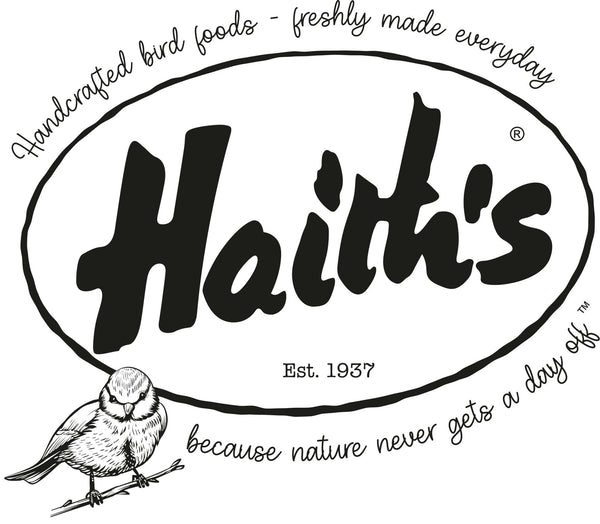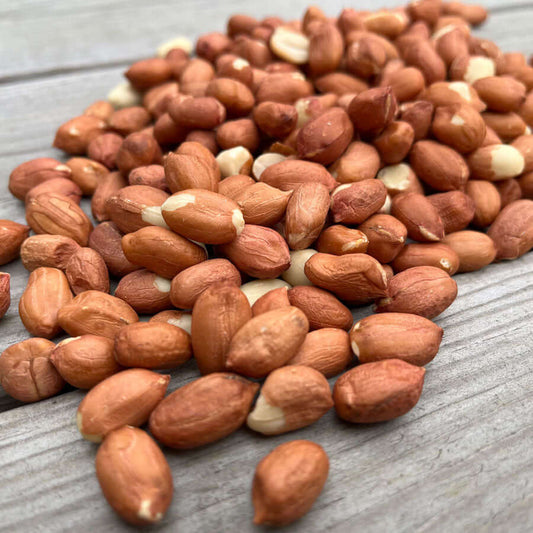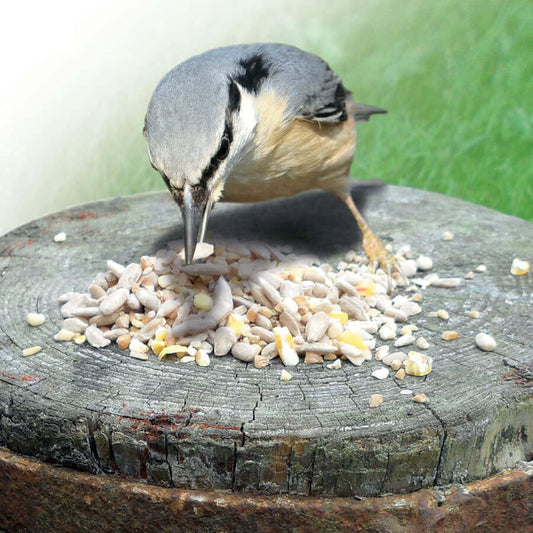Spring Visitors: The Garden Birds to Look Out for This Season
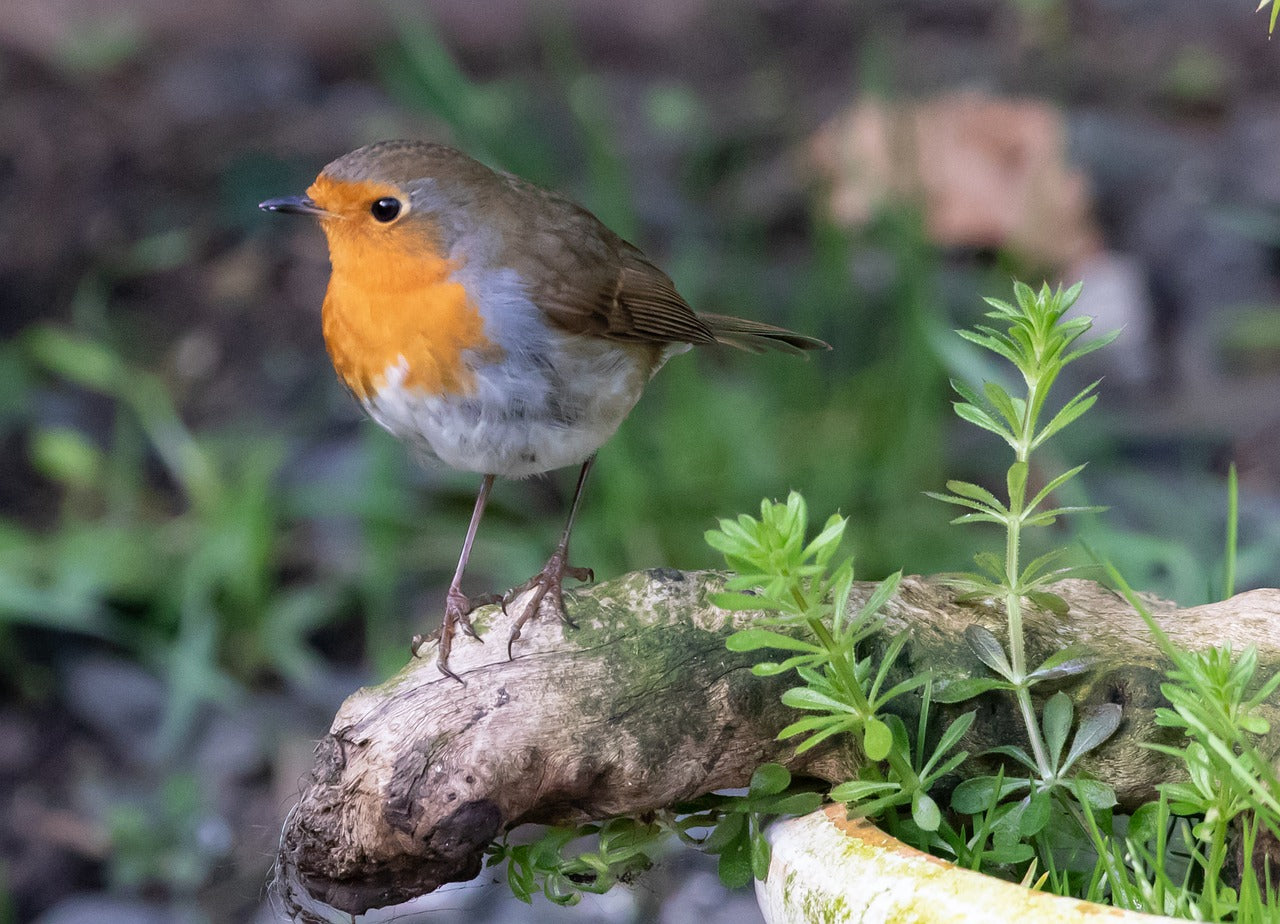
Spring is a time of renewal, bringing longer days, warmer weather, and a flurry of activity in our gardens. One of the greatest joys of the season is watching birds return, nest, and raise their young. Whether you're a seasoned birdwatcher or simply enjoy seeing wildlife in your garden, spring is the perfect time to spot a variety of feathered visitors.
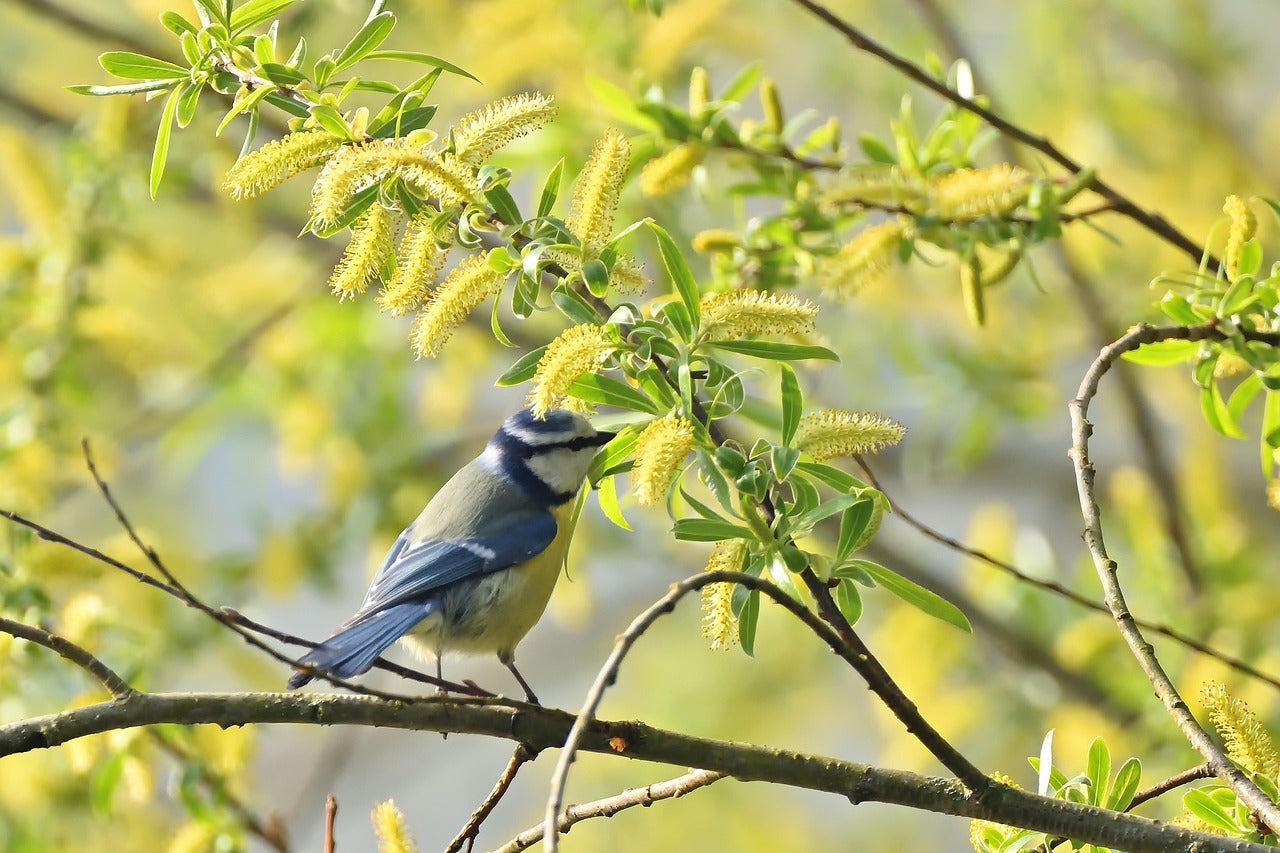
In this blog, we’ll explore some of the most common garden birds to look out for in spring, highlight migrating species that return to the UK at this time of year, and recommend the best foods to attract and support these wonderful creatures.
Common Garden Birds in Spring
As nature awakens, gardens across the UK become a haven for a variety of birds.
Some are year-round residents, while others are seasonal visitors. Here are
some of the most spotted birds in spring:
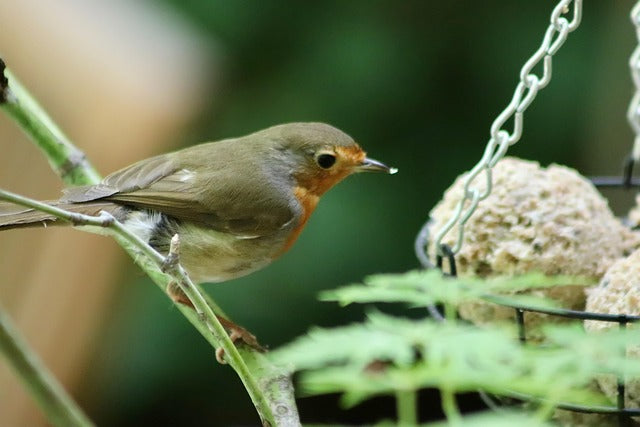
Robin
A true garden favourite, the robin is easily recognisable by its bright red breast. These charming birds are often seen perching on fences and garden furniture, singing their melodic tunes. Robins are highly territorial and remain in the UK all year, but in spring, you may notice an increase in their activity as they search for food and nesting spots.
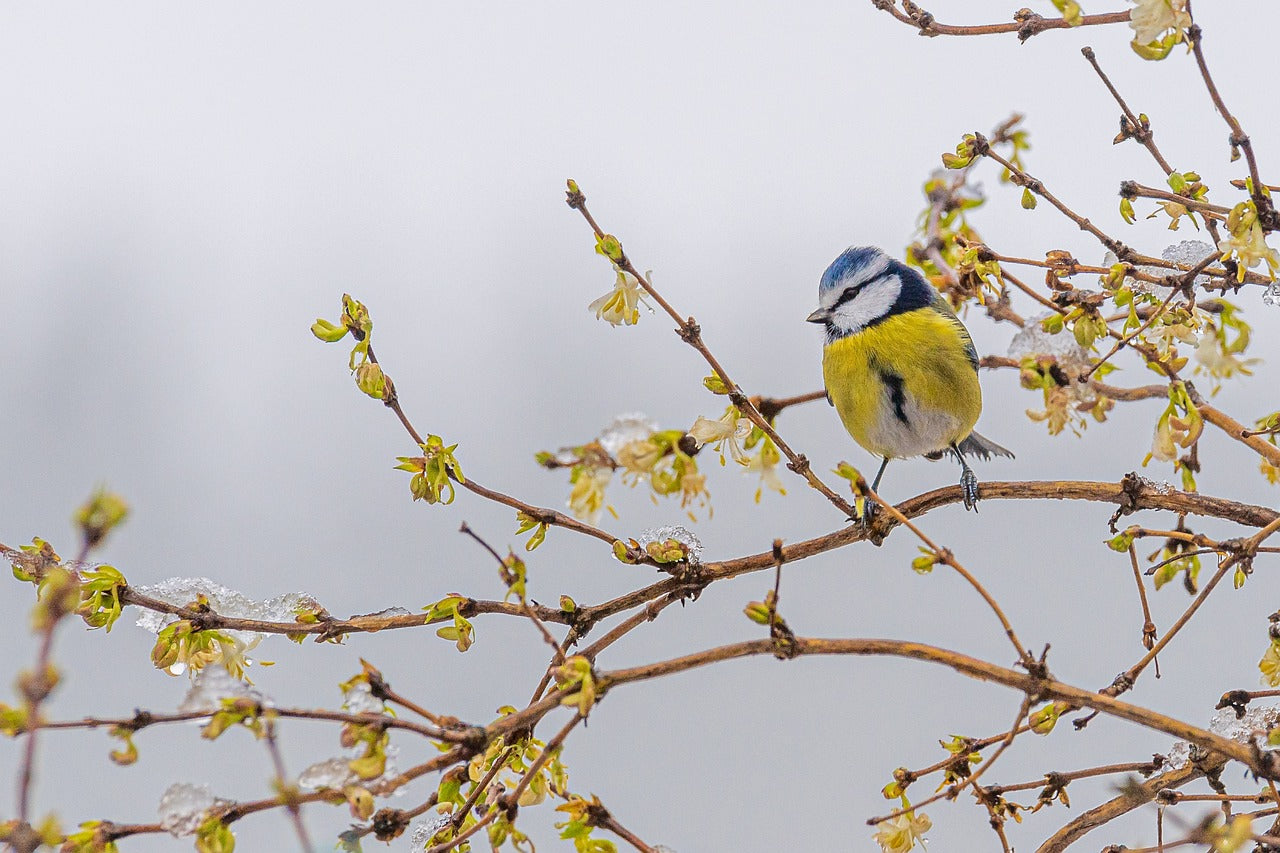
Blue Tit
With its vibrant blue and yellow plumage, the blue tit is one of the most delightful birds to see in your garden. Spring is a busy time for blue tits as they search for nesting sites- often in bird boxes or tree crevices -where they lay their eggs and raise their chicks.
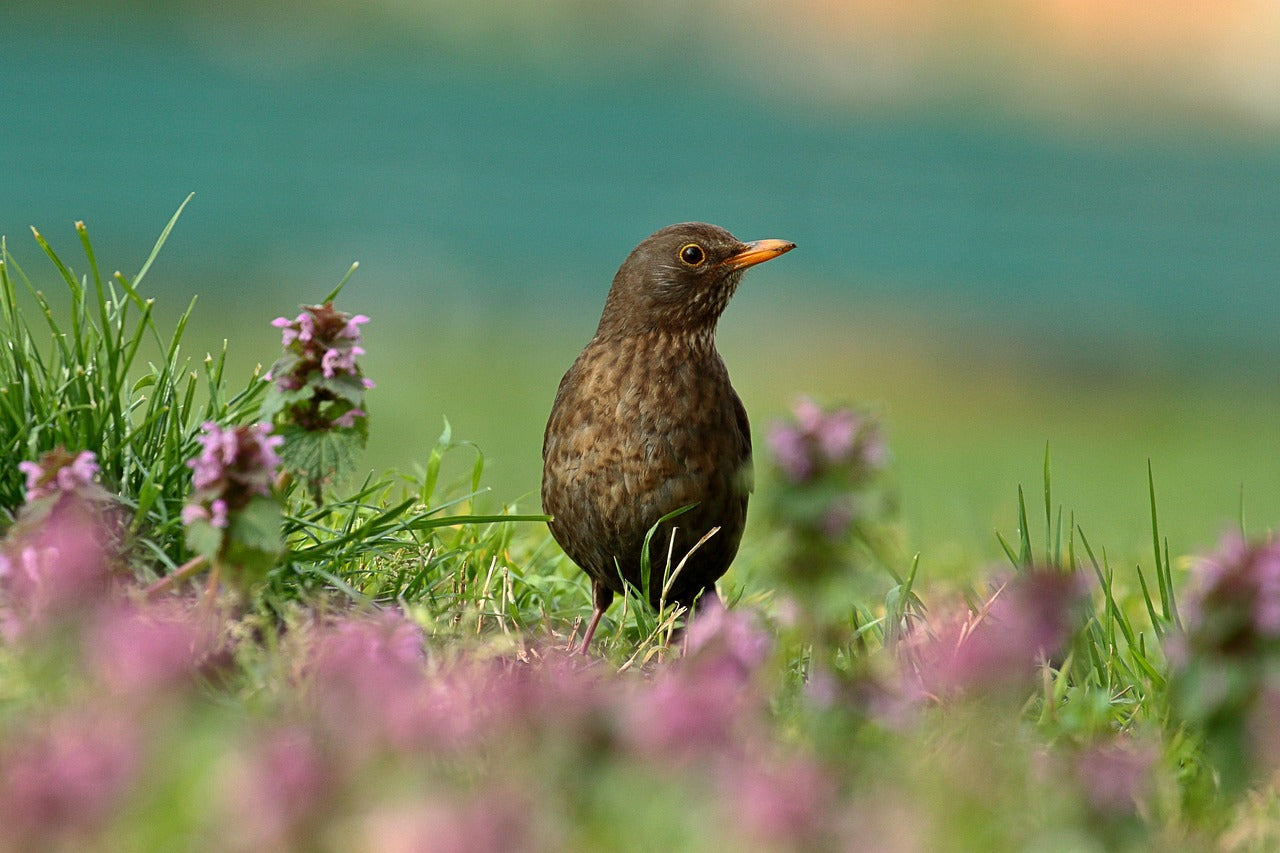
Blackbird
Male blackbirds are striking with their jet-black feathers and bright orange beaks, while females have more subdued brown plumage. These birds are excellent songsters, filling gardens with their beautiful melodies in spring as they establish territories and attract mates.
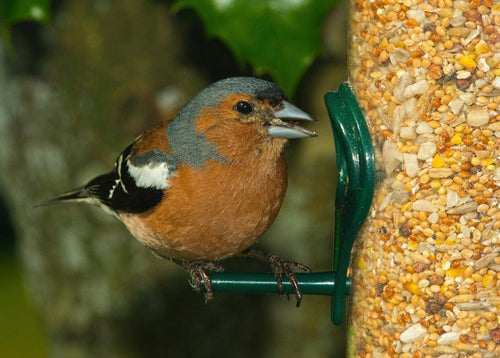
Chaffinch
Chaffinches are a common sight in gardens, with males boasting stunning pinkish-red chests and distinctive white wing bars. They are often seen foraging for food under hedges or on the ground near feeders.
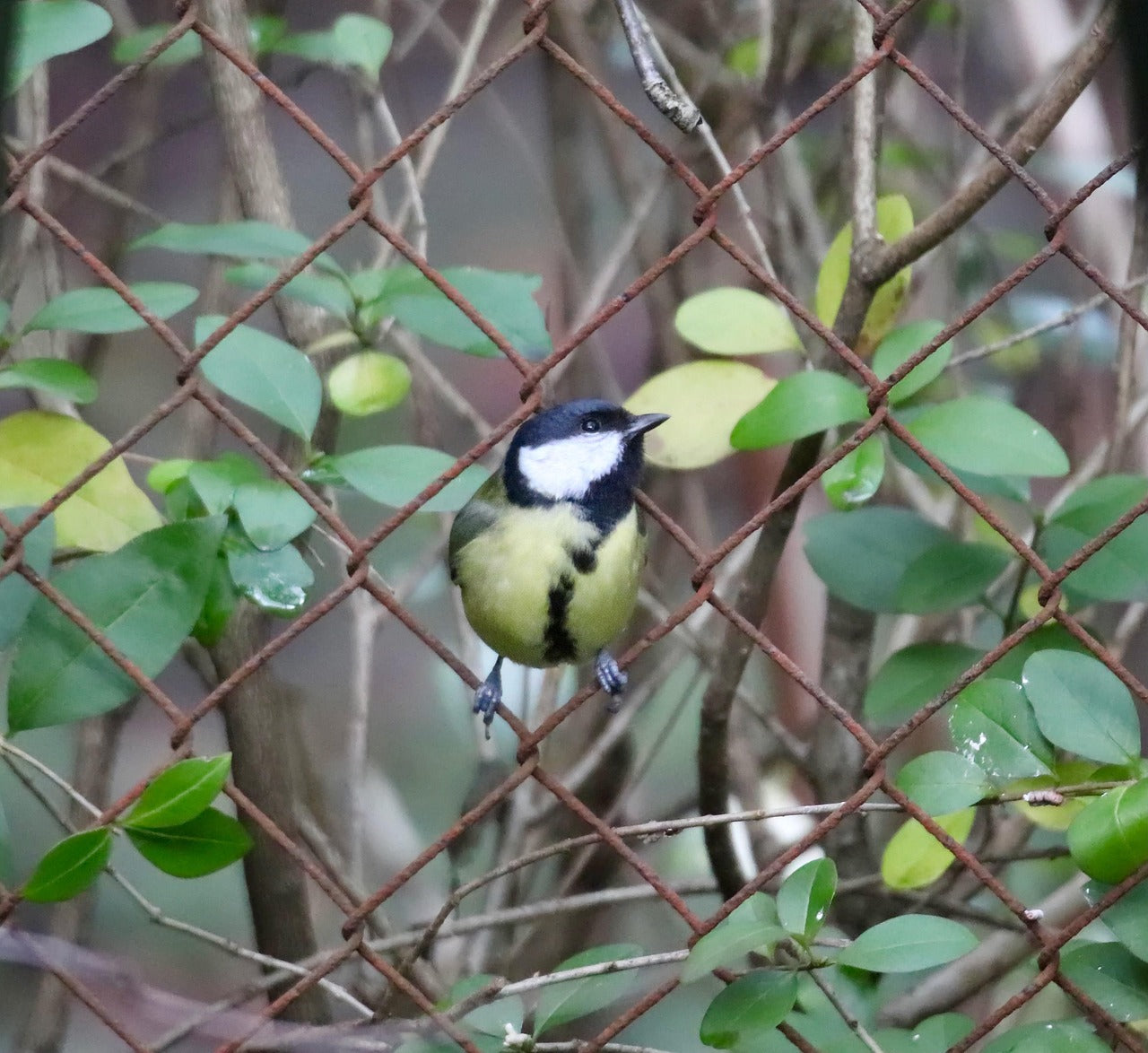
Great Tit
Larger than the blue tit, the great tit has a bold black and white head with a striking yellow body. These confident birds are known for their loud, two-note song, often heard in gardens and woodlands during springtime.
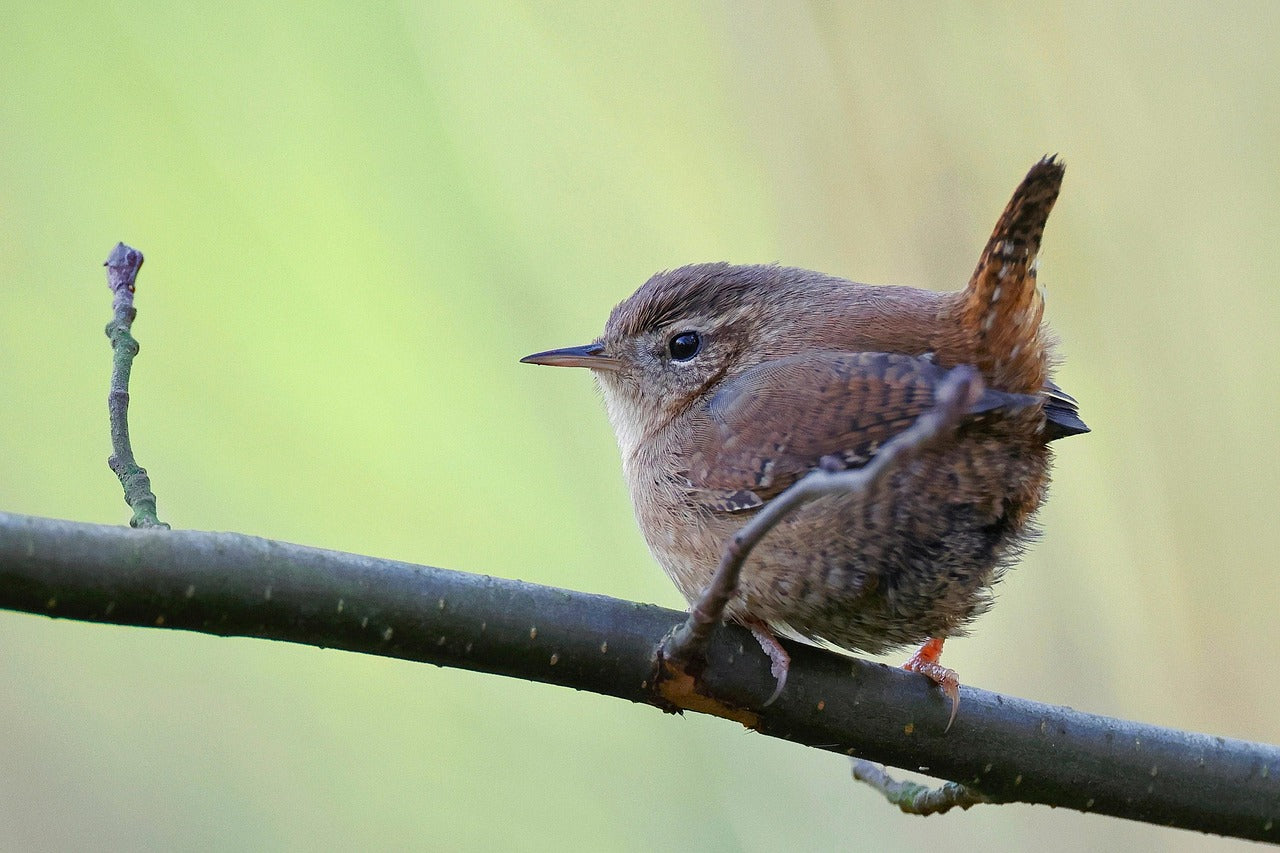
Wren
Despite its small size, the wren has a surprisingly powerful song. It is a secretive bird, often seen darting between shrubs and undergrowth. If you're lucky, you might spot one hopping along your garden walls or fences.
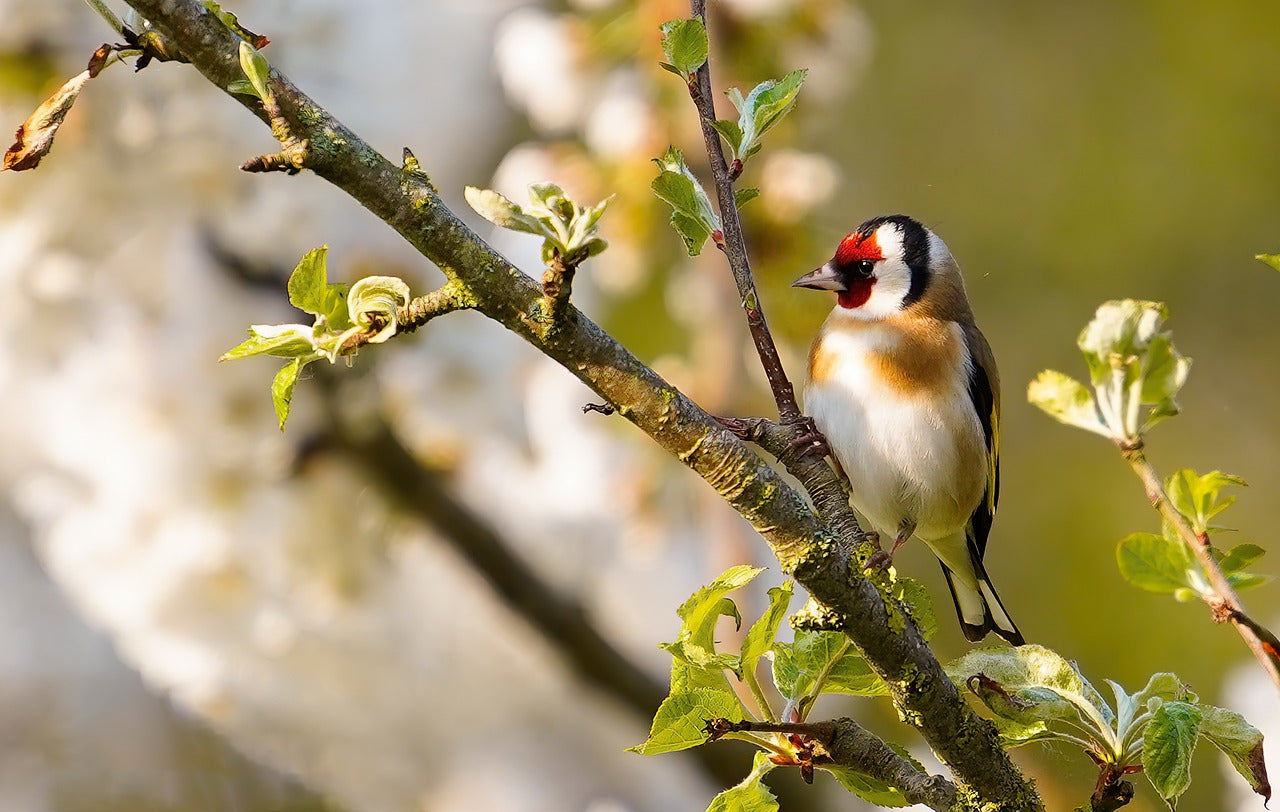
Goldfinch
With their bright red faces, golden wings, and delicate appearance, goldfinches add a splash of colour to gardens in spring. They particularly enjoy feeding Niger Seeds, making specialist feeders a great way to attract them.
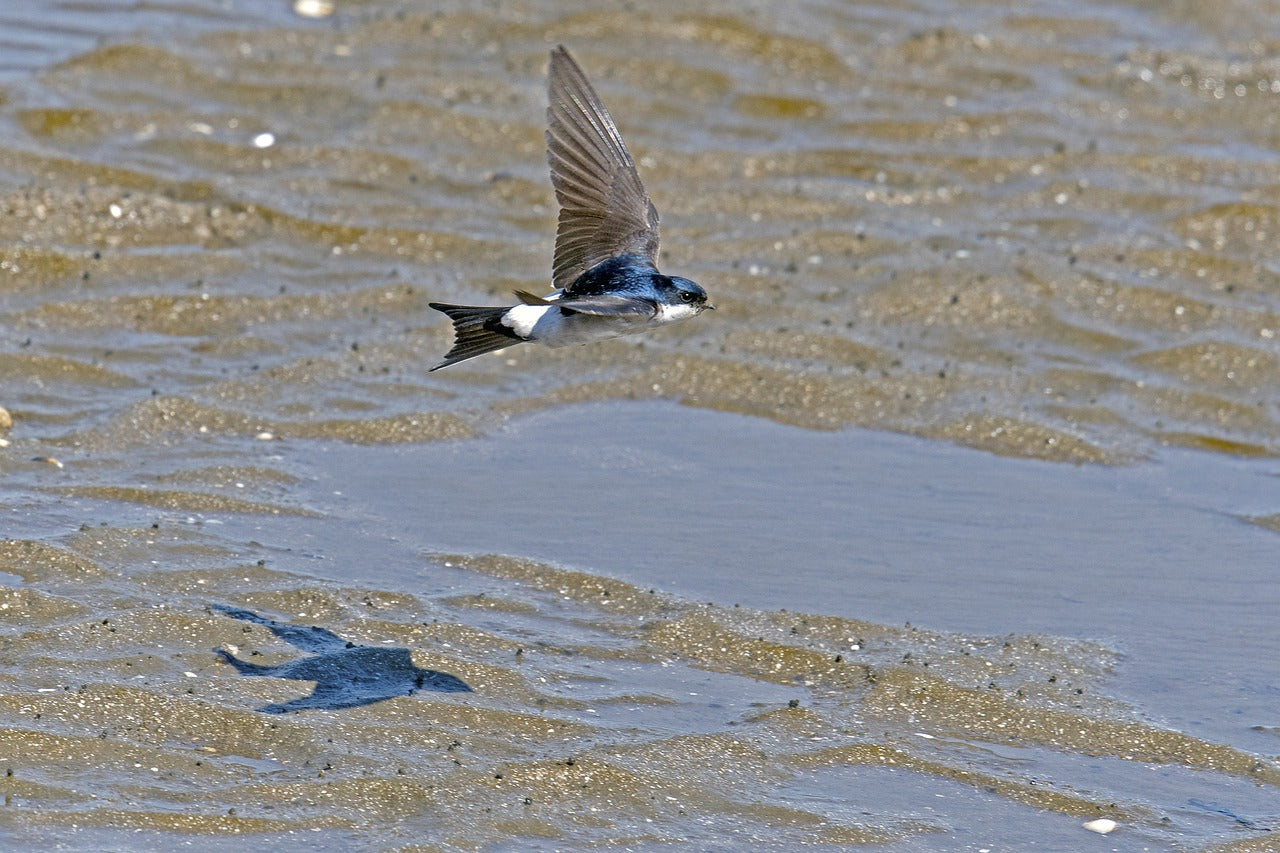
Migratory Birds Returning to the UK in Spring
Spring also marks the return of migratory birds that have spent the winter in warmer climates. Here are some of the key species to look out for:
-

Swallow
One of the most iconic signs of spring is the arrival of swallows. These agile birds travel thousands of miles from Africa to the UK, swooping gracefully through the air in search of insects.
-

House Martin
Closely related to swallows, house martins arrive in the UK around April. They have glossy blue-black plumage and white underparts, often seen darting around
houses as they build their nests under eaves. -

Swift
Swifts are among the last migratory birds to return, usually arriving in May. They are expert fliers, spending almost their entire lives in the air, feeding, mating, and even sleeping while flying.
-

Cuckoo
Famous for its distinctive call, the cuckoo returns to the UK in early spring. Unlike other birds, the cuckoo does not build its own nest but instead lays its eggs in the nests of other birds, leaving them to raise its young.
-

Willow Warbler
These small, delicate birds migrate from Africa to UK woodlands and gardens. Their soft, melodious song is a welcome sound in spring as they establish breeding territories.
-

Chiffchaff
Similar in appearance to the willow warbler, the chiffchaff gets its name from its repetitive “chiff-chaff” call. It is one of the first migratory birds to arrive in the UK, often heard singing from trees and hedgerows.
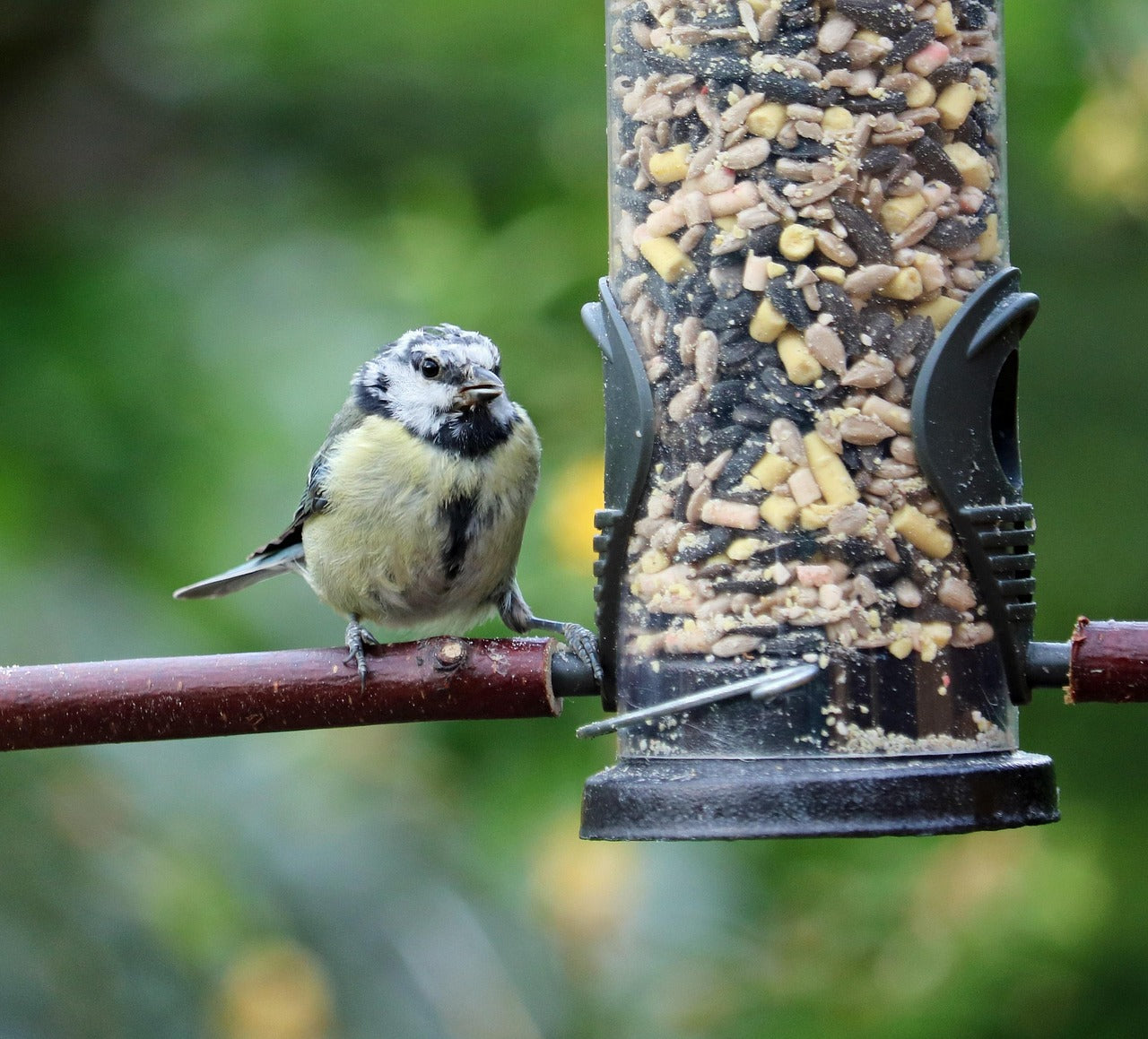
Best Foods to Feed Garden Birds in Spring
Providing the right food in spring can help birds during nesting season, ensuring they have the energy to build nests, lay eggs, and raise their young. Here are some of the best foods to offer in your garden:
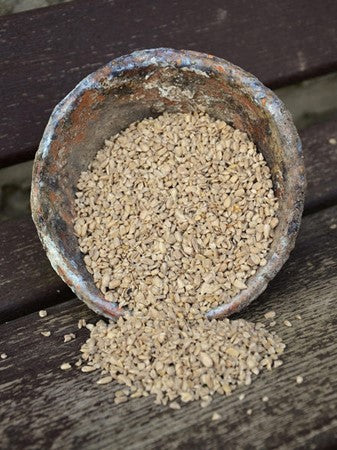
Sunflower Hearts
These are a favourite among many garden birds, including tits, finches, and robins. Sunflower hearts are high in energy and easy to eat, making them perfect for birds feeding hungry chicks.
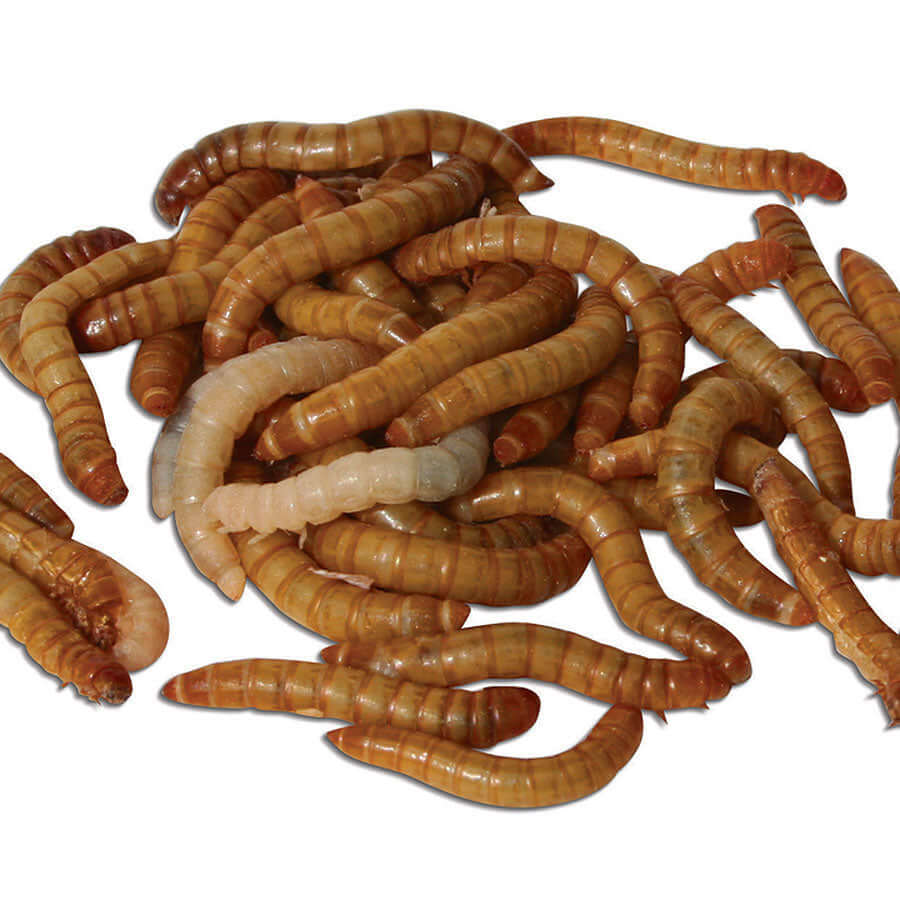
Live Mealworms
Mealworms are an excellent source of protein, particularly for insect-eating birds like robins and blackbirds. Providing live mealworms can be a lifeline for parent birds looking to feed their young.

Fat Balls and Suet Pellets
Although traditionally thought of as a winter food, suet is also beneficial in spring, providing essential fats to birds working hard during breeding season. Ensure fat balls are free from nets to prevent birds from getting tangled.
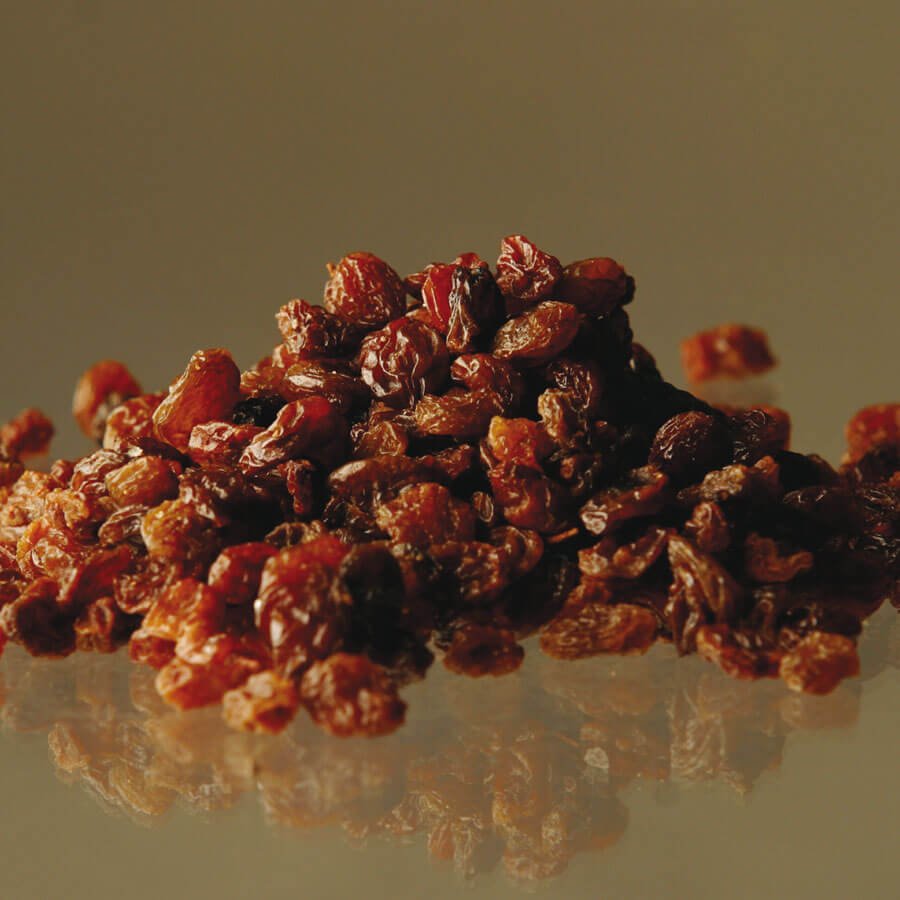
Raisins
Blackbirds and thrushes enjoy soft fruits like apples, pears, and raisins. Soaking dried fruits in water before offering them can make them easier for birds to eat.
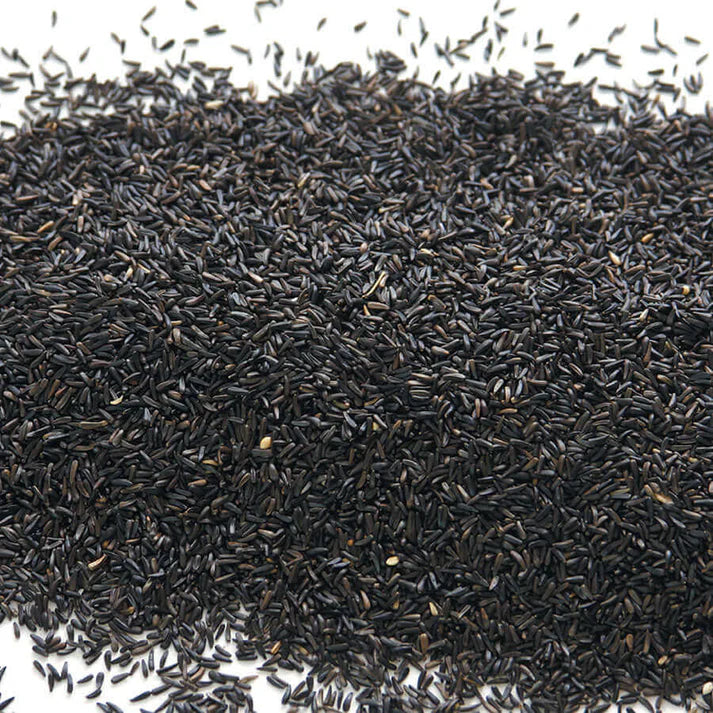
Niger Seeds
These tiny, oil-rich seeds are a favourite of goldfinches and other small finches. A specialist niger seed feeder will help prevent wastage and attract these colourful visitors.
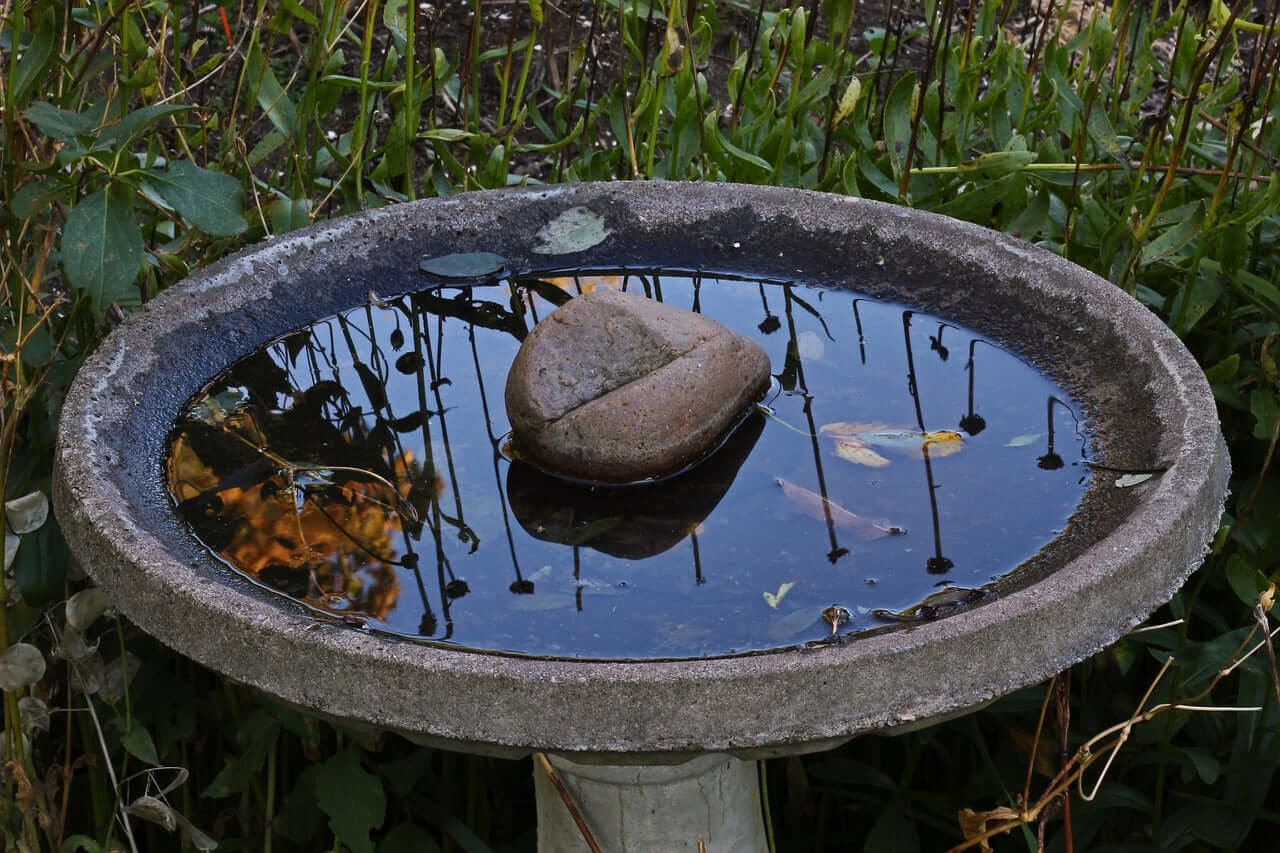
Fresh Water
While not a food, fresh water is essential for birds in spring. Providing a clean birdbath or shallow dish of water ensures they stay hydrated and have a place to bathe, helping keep their feathers in top condition.
Shop our premium bird foods here
Bring life to your garden with our premium-quality, super-clean bird seed mixes for wild birds.
-
Sunflower Hearts - Premium Quality
4.99 / 5.0
(203) 203 total reviews
Regular price From £4.99 GBPRegular priceUnit price / per£4.99 GBPSale price From £4.99 GBP -
Peanuts for Birds - Premium Quality Wild Bird Food
4.8 / 5.0
(102) 102 total reviews
Regular price From £4.75 GBPRegular priceUnit price / per£4.75 GBPSale price From £4.75 GBP -
Huskfree Advance™ - No Mess Wild Bird Food
4.87 / 5.0
(150) 150 total reviews
Regular price From £6.99 GBPRegular priceUnit price / per£6.99 GBPSale price From £6.99 GBP -
Fat Robin™ - Soft & Nutritious Bird Blend
4.58 / 5.0
(19) 19 total reviews
Regular price From £4.24 GBPRegular priceUnit price / per£4.99 GBPSale price From £4.24 GBPSale
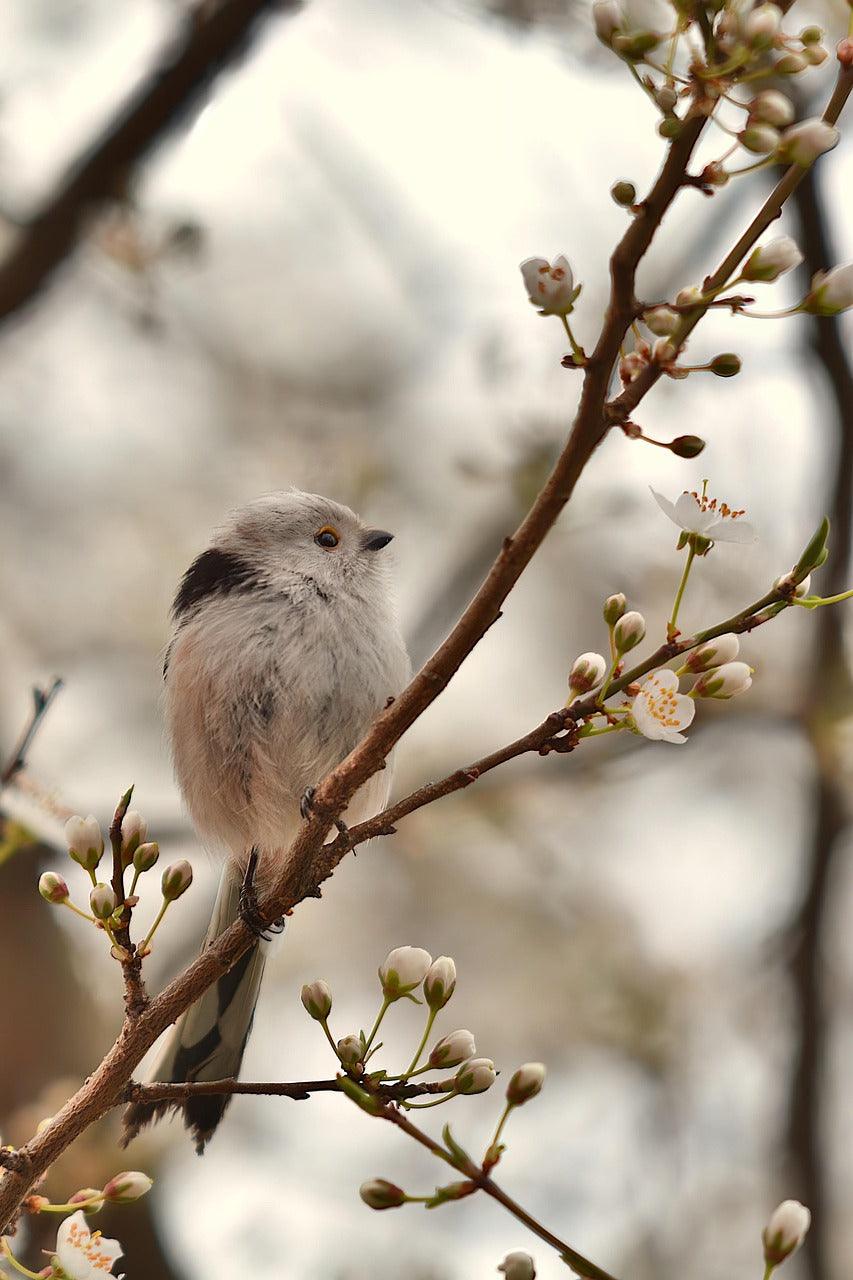
Spring is a magical time for bird lovers, offering the chance to see both familiar garden residents and returning migratory species. By providing the right food and creating a welcoming environment, you can help support these beautiful birds during a crucial time of year.
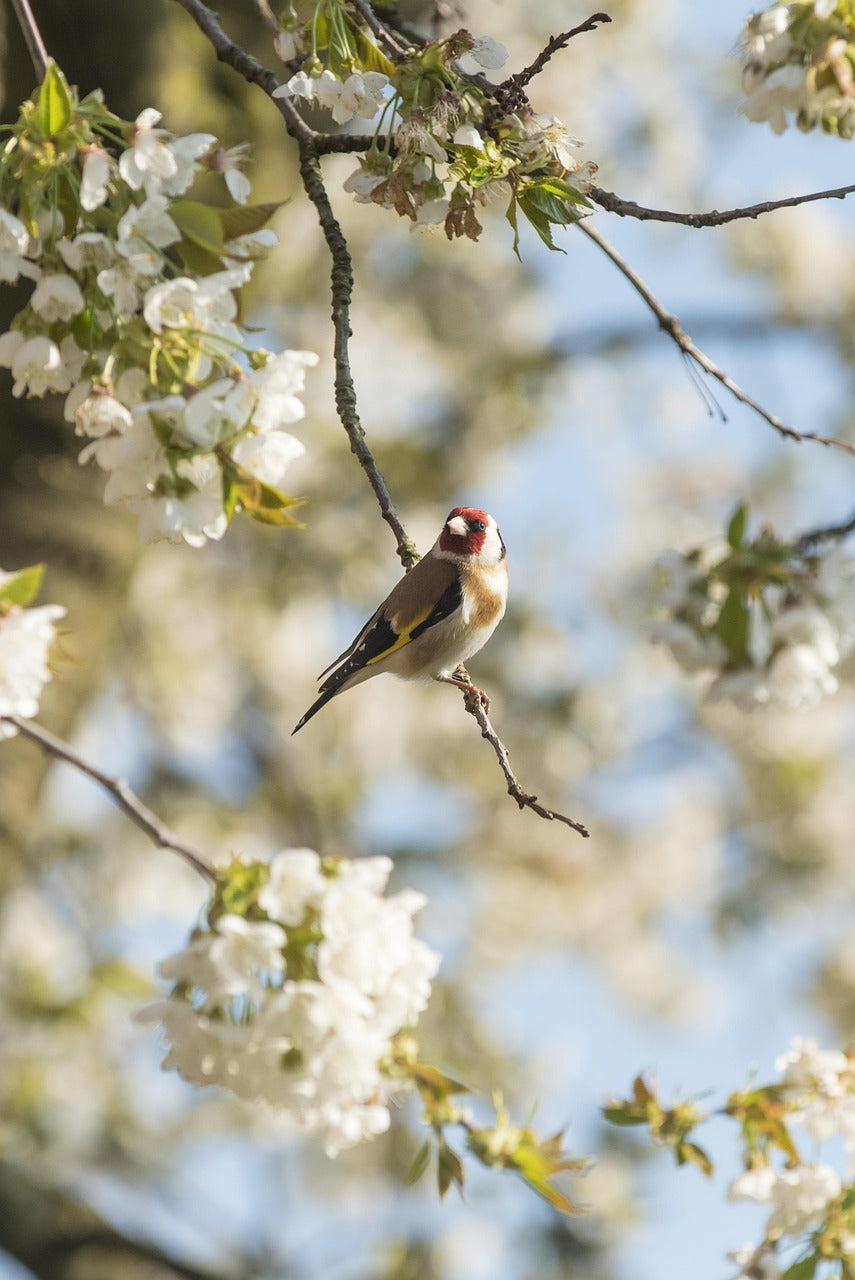
Whether you're watching robin’s flit through the trees, listening to the sweet song of a blackbird, or spotting the first swallow of the season, there’s no doubt that spring is the best time to enjoy the wonderful world of garden birds. So, grab a pair of binoculars, set up a feeder, and welcome nature into your garden this season!
